Japanese food is an exciting, odd and innovative mix of delicious flavors, textures, and regions. The 5th basic taste, umami, which means “a pleasant savory taste” was scientifically discovered in Japan, so their relationship with food is vast and intrinsic to their culture. From the freshest sushi in the world, to perfectly cooked rice, rich curries, tempura, noodles and much more, food is not only a form of sustenance here, it can truly become an art form. Japanese noodles are a delicious meal and are comprised of numerous options. Each has a distinct taste and texture so we’ve broken down the different types within the delicious variety of Japanese noodles.
Ramen
Ramen noodles are probably the most commonly known to Westerners. Unfortunately the version we are most familiar with are the shrink wrapped, sodium-laden, microwaveable kind that no one aside for poor college students would ingest. Ramen truly has greater potential when cooked well and paired with decadent flavorings. Though thought to be a Japanese dish, these noodles actually originated in China and were imported to Japan in the late 19th Century. They are a thin, firm noodle with a pale yellow color and are made from wheat flour, eggs, salt, and an alkaline water called kansui. Ramen is traditionally served in a broth soup that can be made from miso, animal bones and fresh fish, or seaweed in addition to a range of flavorings such as salt, garlic, onions and mushrooms. Toppings vary widely and can include pork, ground meat, seafood, fish cake, eggs, and fresh vegetables such as scallions, cabbage, corn, mushrooms and spinach. With the addition of seasonings and sauces, toppings and flavor combinations seem almost limitless. Internationally, ramen is known as a perfect bowl of hearty comfort food.
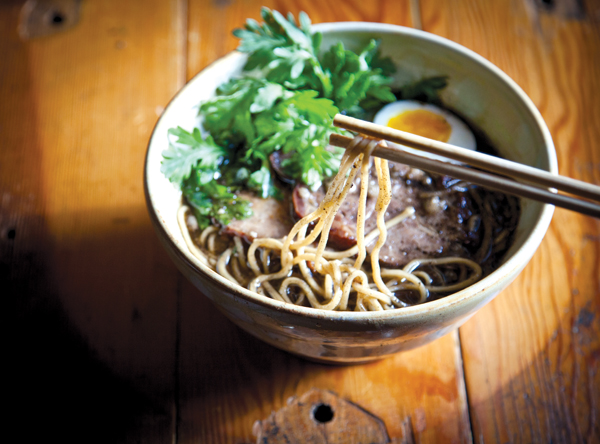
Udon
Udon, a white colored soft and chewy wheat noodle, is probably the most popular noodle in Japan. It is typically the thickest type of noodle but can vary by specific region. Maintaining a very neutral flavor, they are easily paired with a wide array of ingredients. Udon are commonly served in both hot or cold dishes. Cold udon is popular during the warm summer months and served with soy based dipping sauces; while warm udon is popular in the winter months in a mild broth with tempura, tofu, fish cake, chicken, or vegetables. They can often be served interchangeably with soba noodles.
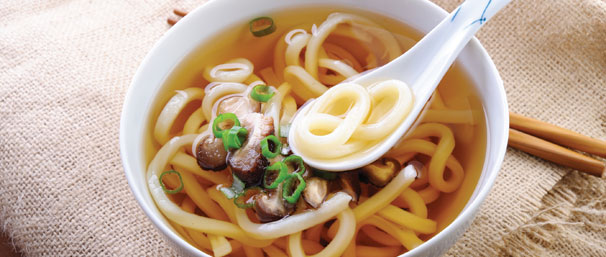
Soba
Soba are made from buckwheat flour which is highly nutritious and full of vitamin B. Another perk is that buckwheat is gluten-free but some restaurants do add wheat flour to their mixture so be sure to inquire if this is a health concern. These noodles are usually thin with a greyish color, and as with udon, they can be eaten either hot or cold. A traditional cold soba dish consists of just the noodles and a chilled soy sauce dipping sauce. Some popular toppings for either hot or cold soba are fried tofu, egg, tempura, or vegetables.
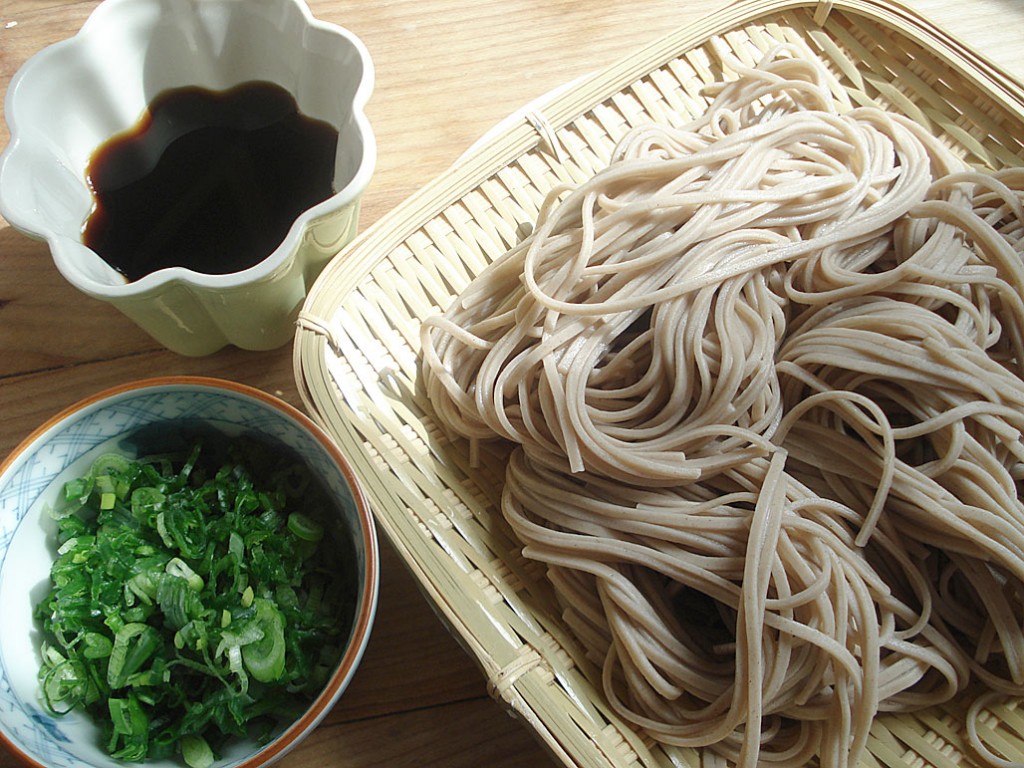
Somen
Somen are the thinnest of all Japanese noodles (think angel hair pasta) and are very popular when served chilled in the summer. Vegetable oil is used to help stretch the noodles and give them their skinny appearance. Rather than being served in a sauce or soup, a dipping sauce is served on the side with the noodles.
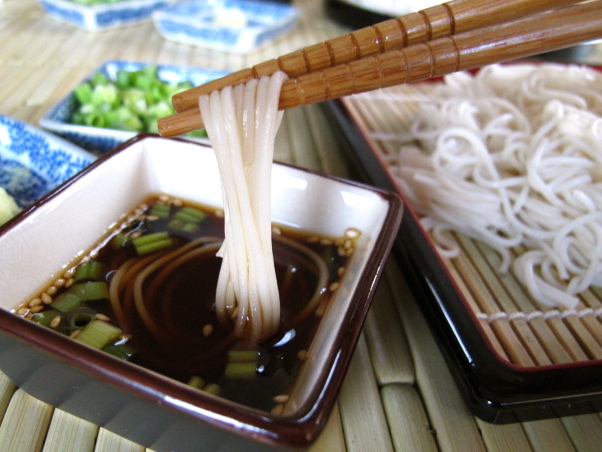
Shiratakai
Shiratakai are thin, clear and gelatinous noodles that are made from a Japanese yam; and thus are much healthier than wheat-based noodles. Extremely low in calories and carbohydrates, Shiratakai maintain a rubbery texture and have very little flavor of their own. Dry roasting the noodles in a skillet is a popular way of creating a better consistency before adding them to a soup or sauce. A popular form is tofu shiratakai noodles which do have some calories but a are a bit more flavorful with a more palpable texture.
Yakisoba
The name yakisoba literally means fried buckwheat and though these noodles are fried, they are usually made from wheat not buckwheat (as soba is). Yakisoba is actually thought to have derived from Chinese chow mein and are similarly stir-fried with meat such as pork and a variety of vegetables like carrots, onions, and cabbage. These noodles are usually finished off with a sweet sauce before being served.
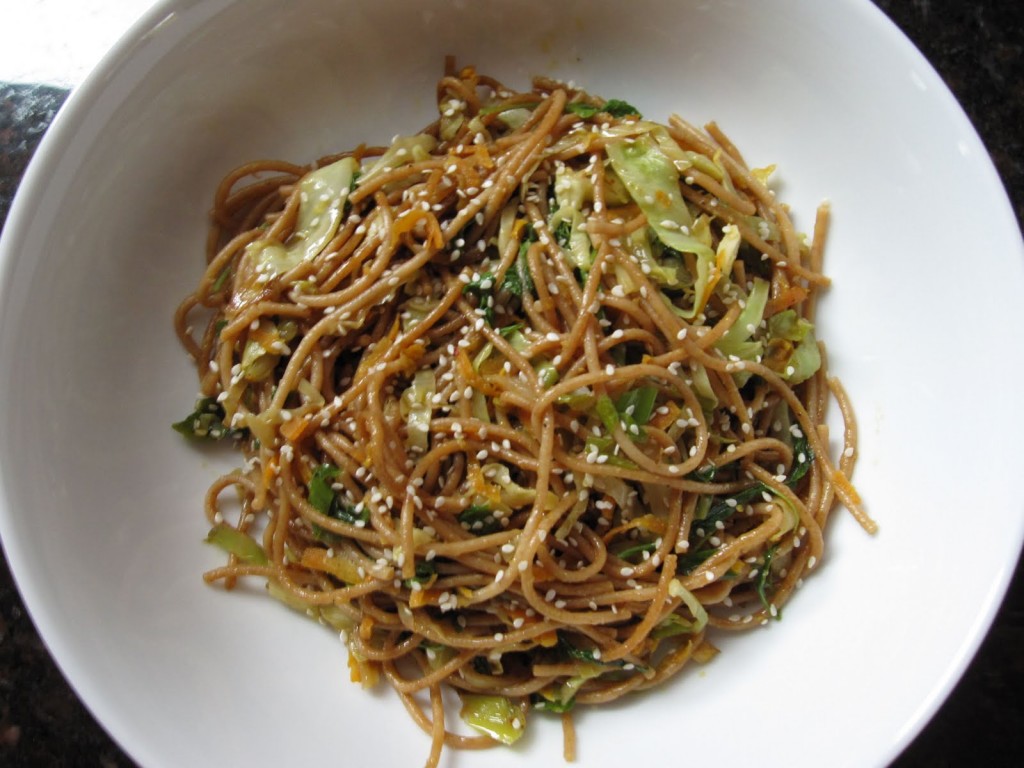

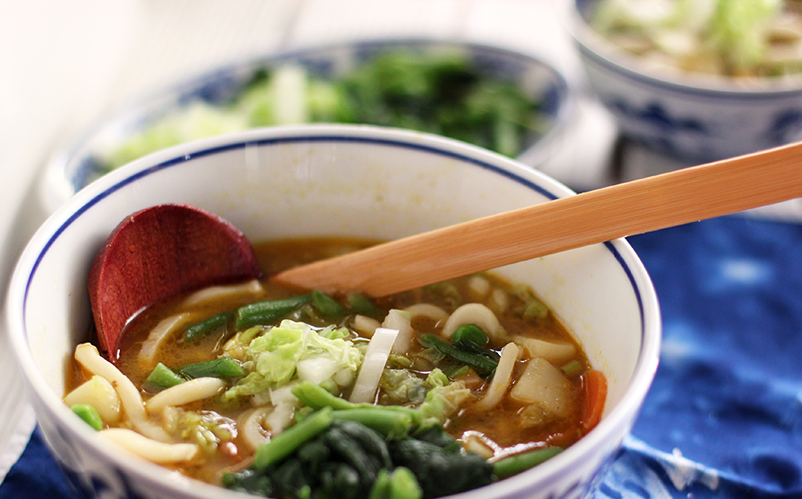





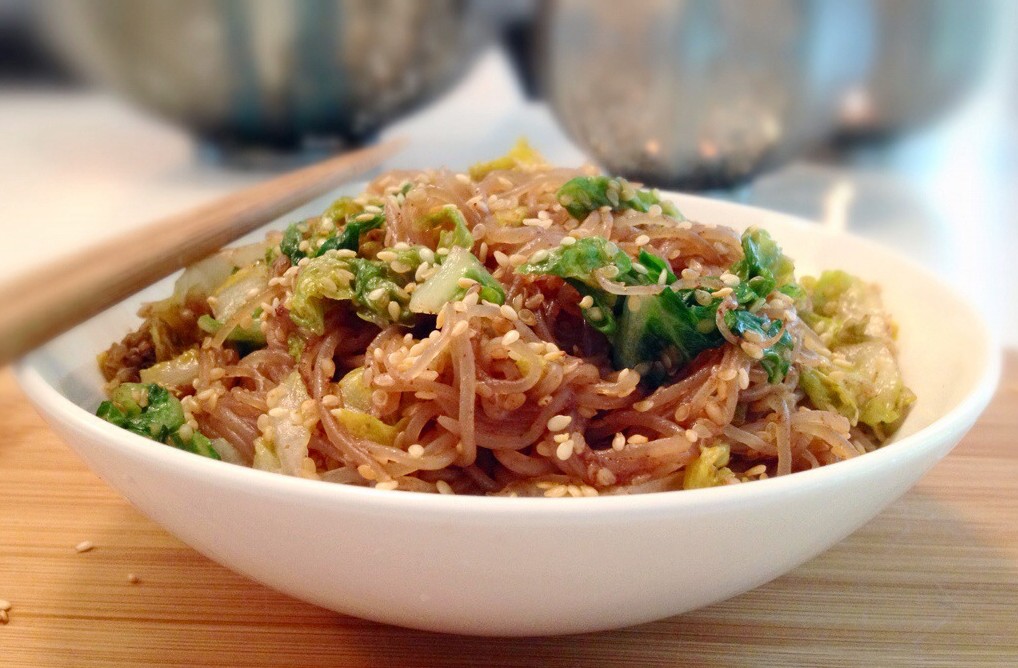

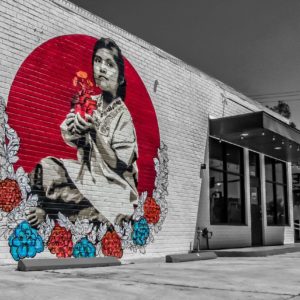

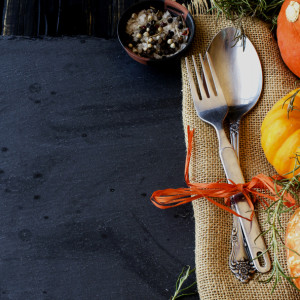
Leave a reply